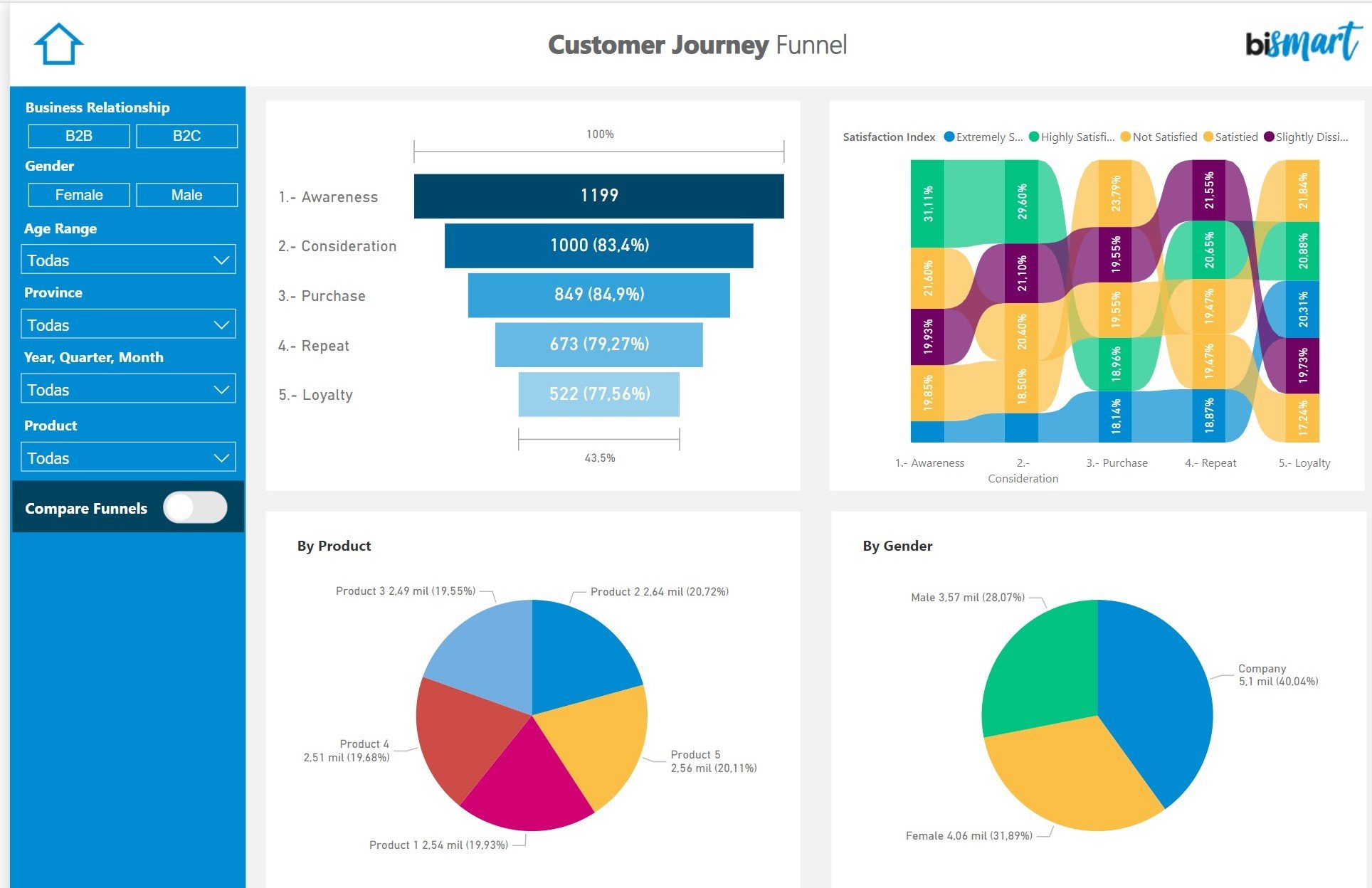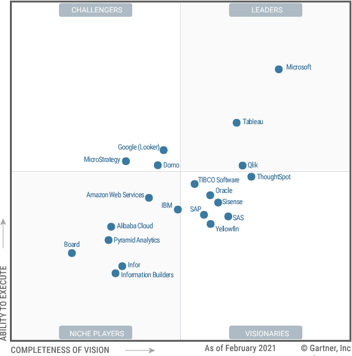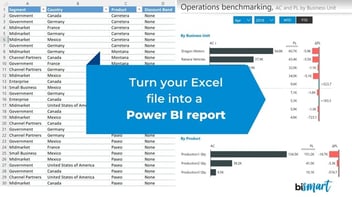We discuss what, according to the technology consulting firm Gartner, are the top 10 analytics and data trends in business for 2021.
Covid-19 has had a huge impact on all spheres of life and the business world has been no exception. In addition to the harsh economic consequences, the global pandemic has involved the transformation of analytics and data techniques used by companies until the emergence of the virus. We review the top 10 analytics and data trends of 2021 in business according to Gartner.

2020 has been a year of change in every sense. In the business world, the most notorious effect of Covid-19 has been the arrival of telework, which has also forced companies that were still reluctant to take the leap towards digitalization.
The strategic business consulting firm McKinsey & Company reported in mid-2020 that Covid-19 further accelerated companies' process of digitalization and technological development, which had to reinvent themselves due to the conditions imposed by a global pandemic that changed the nature of work: "Even before the global health crisis hit, 92 percent of company leaders surveyed by McKinsey thought that their business model would not remain viable at the rates of digitization at that time. The pandemic just put that whole scenario on steroids [...] But simply going faster isn’t the answer. Rather, winning companies are investing in the tech, data, processes, and people to enable speed through better decisions."
The pandemic has also helped to move organizations away from some of the traditional data and analytics trends that relied heavily on large historical data sets. Much of this data has outlived its usefulness and the changing situation is now seen as an opportunity to drive transformation.
Here are Gartner's top 10 business data and analytics trends for 2021, which fall into 3 themes: more agile data integrations and greater use of artificial intelligence in data analytics, use of more efficient XOps —a set of business operations— and increased distribution, flow and flexibility of data assets.
1. Towards a smarter, more scalable and responsible artificial intelligence
Artificial intelligence continues to be one of the biggest technological investments in the business sector. The AI trend is moving towards greater scalability, accountability and intelligence to optimize learning algorithms and speed up time-to-value. In this sense, Gartner points out that artificial intelligence will have to operate with less data, since historical data may no longer be relevant; in addition to increasing security protection and data compliance measures to evolve towards a more ethical artificial intelligence in all senses.
2. Composable data and analytics
As data moves into the cloud ecosystem, composable data and analytics are becoming increasingly relevant and the most preferred approach when building analytical applications. Composable data and analytics refers to the use of multiple data, analytics and artificial intelligence solutions to increase connectivity between data and business actions and build more flexible experiences with greater usability. According to Gartner, composable data and analytics promote productivity, speed, collaboration and analytical capabilities of enterprises.
3. Emphasis on data fabric
The so-called data fabric is an architecture that includes multiple data services in various environments —from on-premise to cloud—. This structure integrates and merges on-premise and cloud data management and achieves a 30% reduction in integration and deployment time, as well as a 70% reduction in maintenance time.
4. Less and smaller data
Gartner states that the future of data is moving towards the progressive use of smaller and more varied data that, unlike big data, enables the analysis and complementary use of multiple sources of 'small' data that can be structured or unstructured. The great value of small data is that it is based on data models that require less data to obtain useful information, which would allow organizations to reduce their data assets and perform the same activities with a smaller amount of data.
5. XOps
More and more, companies are using XOps (a set of business operations including data, machine learning, models and platforms) to optimize DevOps practices, scale prototypes, and offer more flexible designs. XOps technologies achieve greater automation of operations and enable the building of data-driven decision making systems to drive business value.
6. Designed decision intelligence
Decision intelligence refers to the use of multiple technologies —data analysis, artificial intelligence and complex adaptive systems APIs— to make informed business decisions.
Designed decision intelligence can be applied to independent decisions as well as to sequences of decisions clustered in business processes or decision-making networks. This architecture provides a faster ability to get the information needed to drive business actions. Gartner notes, "When combined with composability and a common data fabric, designed decision intelligence opens up new opportunities to rethink or redesign how organizations optimize decisions and make them more accurate, repeatable and traceable."
7. Data-centric: data at the core of the business
As we have already mentioned on numerous occasions in this blog, the implementation of a data-driven culture is a fundamental requirement to ensure long-term business productivity. The industry is moving towards data-centrism —putting data at the heart of business actions, strategies and decisions—. In this sense, Gartner explains that "instead of being a secondary focus (executed by a separate team), analytics and data are becoming a central function". They also add that the incorporation of a new professional figure —the Chief Data Officer— and his or her participation in the definition of strategies and decision making can multiply by 2.6 times the constant production of business value.
8. Charts become more important
Data visualization, charts and visuals continue to grow in importance, as they help to find relationships between data assets, democratize information and enable better decision making. Gartner predicts that by 2025, 80% of data and analytics innovations will use graphics and visualization technologies.

Screenshot of Bismart's Customer Journey dashboard
9. From passive consumer to 'augmented consumer'
Gartner predicts that predefined dashboards and manual data exploration will be replaced by automated, mobile and dynamically generated information. In other words, business people will cease to be passive data consumers thanks to new information formats tailored to their needs, thus transferring the analytical power now held by analysts and data scientists to the end consumer of the data.
Discover the 12 most important tips when creating a dashboard in: '12 Tips You Can't Ignore When Creating a Dashboard'.
10. Edge computing
Edge computing continues to proliferate as more and more data, analytics and data analysis technologies move to edge computing environments, further away from IT and closer to the real world. In this regard, Gartner predicts that by 2023, more than 50% of the data analysts and data scientists work with will be created, processed and analyzed in edge computing environments.
In short, the business world is in constant transformation and Covid-19 has only fueled it. The changes triggered by the pandemic can be used as opportunities for digitization and the acceleration of business innovation.



